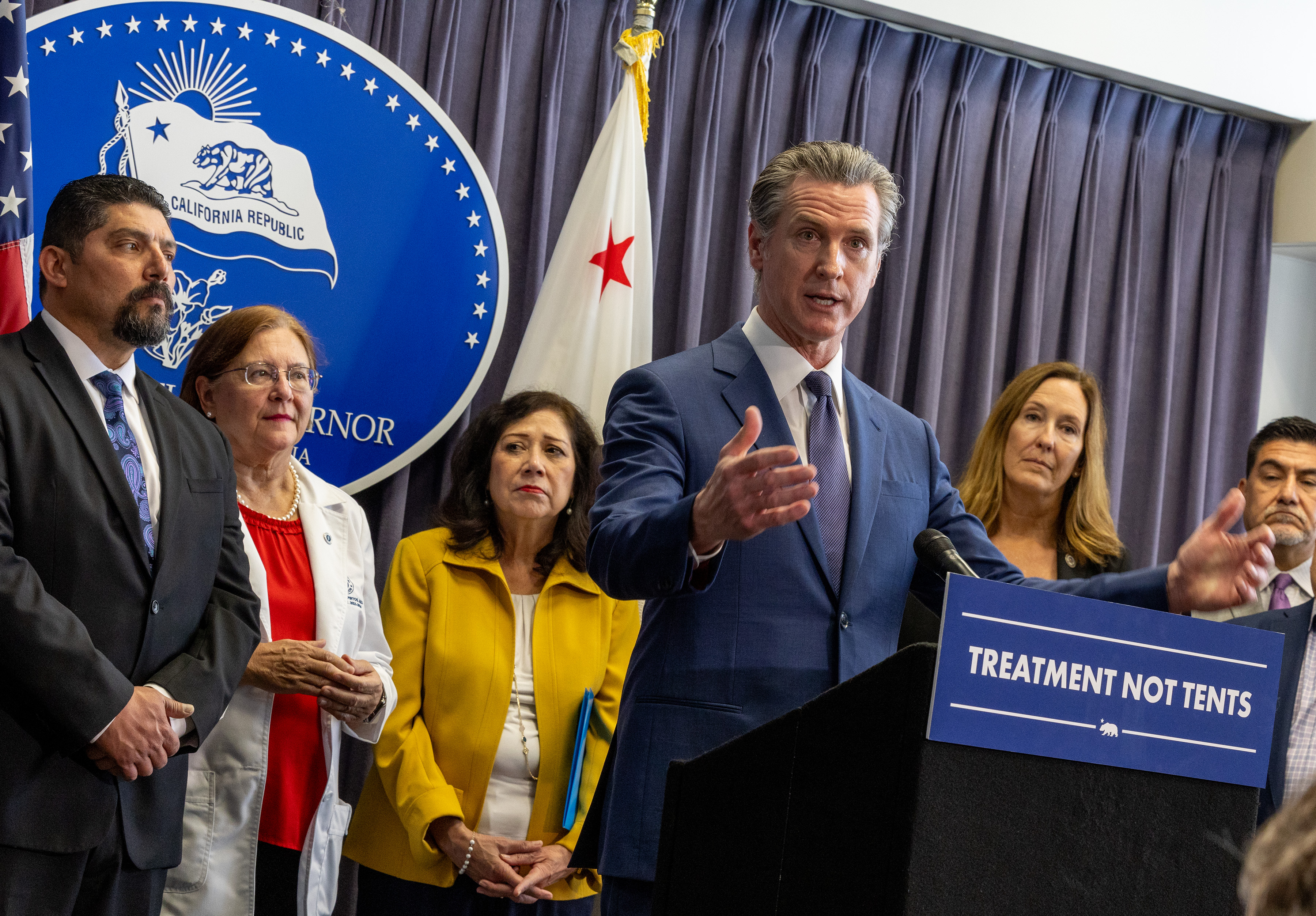If you’re wondering who’s behind the Pikachus popping up around Golden Gate Park, the creator of the digital craze is a Bay Area resident himself, entrepreneur John Hanke.
Hanke, who received his MBA from UC Berkeley's Haas School of Business in 1996, is the CEO and founder of the San Francisco-based software company Niantic Labs, which developed Pokémon Go as well as another augmented reality video game.
The innovator and engineer began his career at Keyhole, a software development company in Mountain View which he created and headed. After being sold to Google for $35 million in 2004, the company launched the “Earth Viewer,” which emerged as Google Earth the following year.
When Keyhole moved to Google, so did Hanke, becoming the vice president of product management for Geo, the Google team responsible for maps and street view. Hanke stayed in this role for six years until he founded Niantic Labs, which began as an internal startup and spun off into an independent company in 2015.
Then earlier this month came Niantic Lab’s breakthrough with Pokémon Go, which has managed to become a global phenomenon in the mere 12 days since its launch.
“The game itself is intended to facilitate the real-life stuff,” Hanke told Business Insider. “The reward is the encouragement and opportunity to go out and have new experiences.”
But the virtual reality, location-based aspect of the game is not new. The idea of putting a digital gaming experience into the physical world has been with Hanke since his time at Haas, where Hanke co-founded “Big Network.” The small gaming company developed one of the first online games that allowed hundreds of people to play together in a virtual environment, according to Berkeley Haas news.
Local
Niantic Labs previously launched two projects before Pokémon Go. “Field Trip,” launched in 2014, is an application that gives you information on restaurants and other points of interest based on your location. Data that enables different Pokéstops within Pokémon Go originally appeared in Ingress, another game launched by Niantic in 2014. By the following year, Ingress had seven million players, Niantic said in a statement.
That number scarcely compares, however, to the almost 26 million U.S. gamers that Pokémon Go has accumulated in just the past two weeks, according to a Survey Monkey blog.
“We planned for success, and we provisioned our infrastructure for it,” Hanke told TIME. “We thought it would be popular. From our point of view, it’s fantastic.”
Hanke did not immediately respond on Monday to a request for an interview, leaving the most crucial question unanswered: Who is his favorite Pokémon character?



